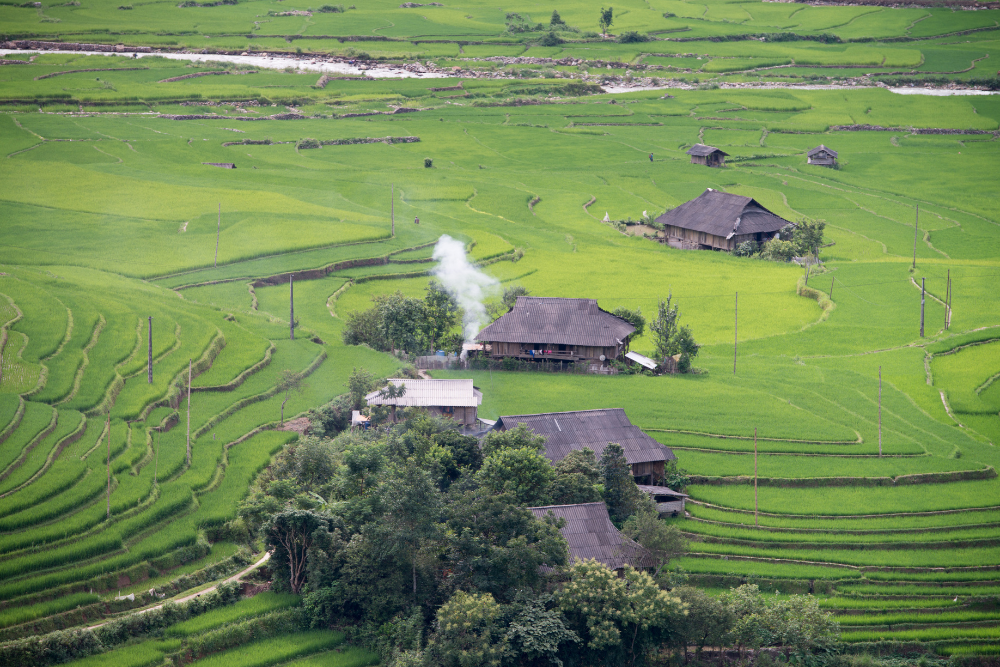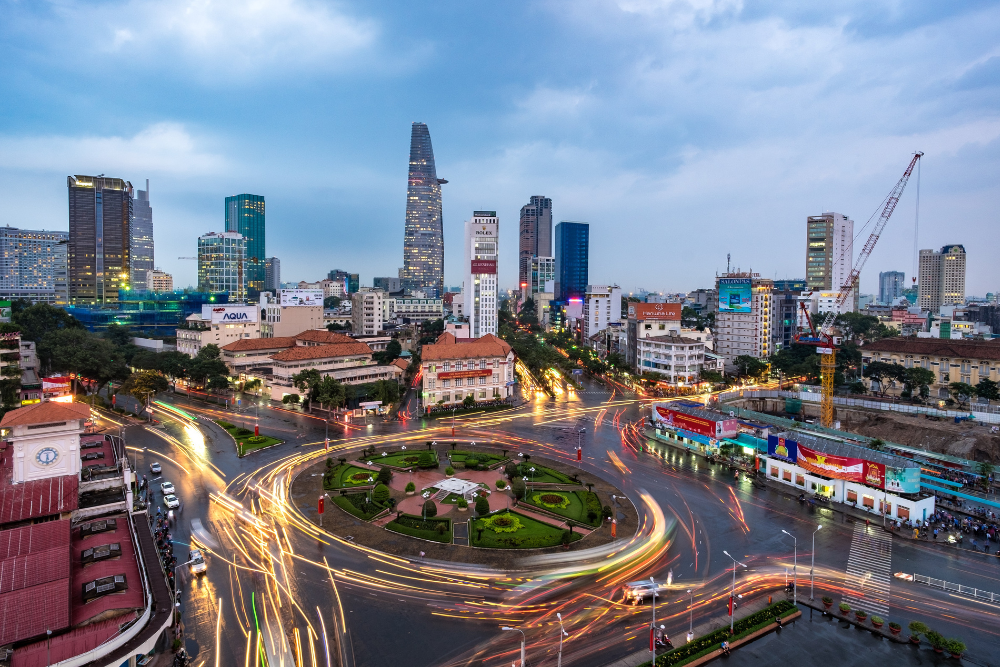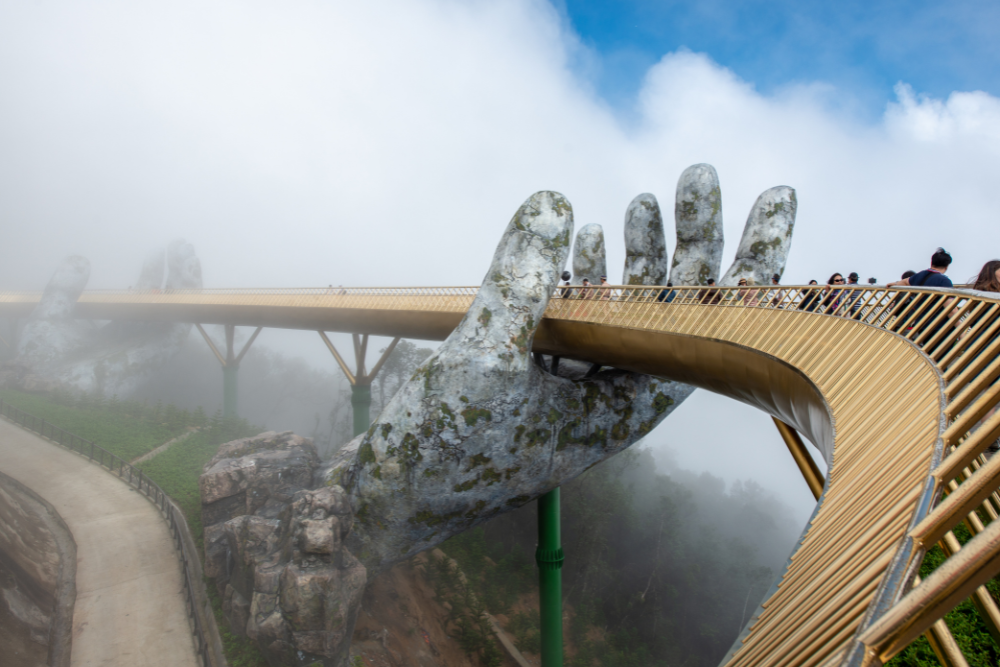Vietnam, a country steeped in rich history, diverse cultures, and stunning landscapes, offers solo travelers an immersive cultural experience that is second to none. From the bustling streets of Hanoi to the ancient charm of Hoi An, Vietnam’s cities are packed with historical landmarks, vibrant traditions, and authentic local experiences. Planning a solo cultural tour across Vietnam’s cities can be an enriching and unforgettable journey. Here’s your ultimate guide to making the most of your cultural exploration across Vietnam.
1. Choose Your Destinations: The Cultural Highlights of Vietnam’s Cities
Vietnam is a long and narrow country with a variety of cultural experiences spread across different regions. Here are the must-visit cities for a solo cultural tour:
Hanoi (North Vietnam)
Hanoi, the capital of Vietnam, is a perfect starting point for any cultural tour. With its blend of French colonial architecture, ancient temples, and a mix of old and new, Hanoi offers a glimpse into Vietnam’s deep cultural roots.
- Must-See Cultural Spots:
- Old Quarter: Wander through the labyrinth of narrow streets, where you’ll encounter traditional markets, ancient temples, and local handicrafts.
- Hoan Kiem Lake and Ngoc Son Temple: This tranquil spot is central to Hanoi’s heritage, offering a peaceful retreat and a chance to understand the significance of the lake in local folklore.
- Temple of Literature: Known as Vietnam’s first university, this ancient Confucian temple is a symbol of education and scholarship in the country.
- Hoa Lo Prison: Known as the “Hanoi Hilton,” this former French colonial prison is now a museum that tells the story of the struggles during Vietnam’s war history.
Hue (Central Vietnam)
Hue is the former imperial capital and is home to an array of historical and cultural landmarks. This city offers a chance to explore Vietnam’s royal past and traditional architecture.
- Must-See Cultural Spots:
- Imperial City: A UNESCO World Heritage site, the Imperial City is a stunning complex of royal palaces, temples, and gardens.
- Thien Mu Pagoda: This iconic pagoda on the banks of the Perfume River is one of the oldest in Vietnam and a spiritual symbol of the region.
- Royal Tombs: Explore the tombs of past emperors, set against beautiful landscapes and showcasing Vietnam’s imperial grandeur.
Hoi An (Central Vietnam)
Hoi An is a beautifully preserved ancient town that reflects the cultural fusion of Vietnam’s history. Its blend of Vietnamese, Chinese, Japanese, and European influences makes it a unique destination for cultural enthusiasts.
- Must-See Cultural Spots:
- Hoi An Ancient Town: Stroll through the lantern-lit streets, explore ancient temples, and admire the traditional architecture that blends multiple cultures.
- Japanese Covered Bridge: A symbol of Hoi An, this 18th-century bridge was built by Japanese merchants and still stands as a beautiful landmark.
- Traditional Crafts: Learn about Hoi An’s traditional arts, such as lantern making and silk weaving, by visiting local workshops.
Ho Chi Minh City (Southern Vietnam)
The vibrant southern metropolis, formerly known as Saigon, is a city of contrasts. With its colonial heritage and modern energy, Ho Chi Minh City is a great place to explore both the old and new Vietnam.
- Must-See Cultural Spots:
- War Remnants Museum: A must-visit for history buffs, this museum offers deep insights into Vietnam’s war history through exhibits, photographs, and artifacts.
- Notre-Dame Cathedral Basilica of Saigon: A beautiful example of French colonial architecture, this cathedral stands as a testament to Vietnam’s historical ties with France.
- Ben Thanh Market: For a taste of local culture and commerce, this bustling market offers everything from fresh produce to traditional handicrafts.
Hạ Long Bay (Northern Vietnam)
Although not a city, Hạ Long Bay is a UNESCO World Heritage site that offers a culturally rich experience surrounded by natural beauty. Take a boat cruise to explore the bay’s unique limestone islands, caves, and floating fishing villages.
- Must-See Cultural Spots:
- Floating Villages: Visit the fishing villages on the bay, where locals live on boats and depend on the sea for their livelihood. It’s a unique way to experience the traditional lifestyle of northern Vietnam.
2. Plan Your Itinerary: Timing and Duration
Vietnam is a diverse country, and each city has its own cultural flavor. Depending on how much time you have, you can either focus on a few key cities or explore more of the country. Here’s a suggested timeline for a solo cultural tour:
- 1-2 Weeks:
If you have a limited time, a focused itinerary in Hanoi, Hue, and Hoi An is ideal. You can spend 2-3 days in each of these cities and enjoy a deep dive into the cultural highlights. - 3-4 Weeks:
A more extended trip will allow you to add Ho Chi Minh City and Hạ Long Bay to your itinerary, giving you a full cultural experience across both the north and south of Vietnam. You can spend 2-3 days in each major city and take day trips to nearby attractions. - Flexibility:
As a solo traveler, it’s a good idea to allow some flexibility in your schedule. You may discover hidden gems or cultural events that you didn’t expect and want to explore further.
3. Embrace Local Traditions and Experiences
Vietnam is rich in cultural traditions, and as a solo traveler, you can immerse yourself in local life by participating in various cultural activities:
- Cooking Classes: Join a traditional Vietnamese cooking class in Hoi An or Ho Chi Minh City to learn how to make iconic dishes like pho, banh xeo, and spring rolls. This is not only a fun experience but also a way to connect with local food culture.
- Traditional Performances: Attend a water puppet show in Hanoi or a folk music performance in Hue to experience Vietnam’s unique art forms.
- Local Markets and Crafts: Visit traditional markets like Ben Thanh Market in Ho Chi Minh City or Dong Xuan Market in Hanoi to see local goods, crafts, and street food. You can also participate in craft-making workshops like lantern-making in Hoi An.
- Visit Temples and Pagodas: Vietnam is home to many beautiful pagodas, including the One Pillar Pagoda in Hanoi and the Thien Mu Pagoda in Hue. These sites provide insights into Vietnam’s spiritual and cultural practices.
- Attend Festivals: Depending on when you visit, you can plan your trip around one of Vietnam’s cultural festivals, such as Tet (Lunar New Year) in Hanoi or the Hoi An Lantern Festival. These events are a great way to experience Vietnamese traditions, music, food, and community spirit.
4. Solo Travel Tips for Cultural Tours in Vietnam
- Learn Basic Vietnamese Phrases: While English is spoken in major tourist areas, learning a few words and phrases in Vietnamese will help you connect more with locals and enhance your cultural experience.
- Respect Local Customs: Vietnam has a rich cultural heritage with traditions and customs that may be different from your own. Be respectful when visiting temples and religious sites—dress modestly and remove your shoes when required.
- Safety and Security: Vietnam is generally safe for solo travelers. However, like in any country, always keep an eye on your belongings and avoid walking alone in dimly lit areas at night.
- Travel Insurance: Make sure to have travel insurance that covers health, accidents, and cancellations. It’s always a good idea to have this peace of mind when traveling alone.
- Public Transportation: Vietnam has good options for getting around, including buses, trains, and domestic flights. If you prefer a more personal experience, consider renting a motorbike to explore the cities at your own pace.
5. Best Time to Visit
- The Best Time for Cultural Tours: The best time to visit Vietnam is during the dry season, which lasts from November to April. The weather is cooler and more comfortable, making it ideal for sightseeing and exploring cities. Avoid traveling during the rainy season (May to October), especially if you plan to visit the central or southern regions.
Conclusion
A solo cultural tour across Vietnam’s cities offers the chance to experience the country’s rich history, diverse traditions, and vibrant local life. By carefully planning your destinations, engaging with local customs, and remaining flexible, you can have an unforgettable journey that will enrich your understanding of Vietnam. Whether you’re wandering the ancient streets of Hoi An, exploring the imperial grandeur of Hue, or tasting street food in Hanoi, every corner of Vietnam offers something culturally captivating for the solo traveler.












